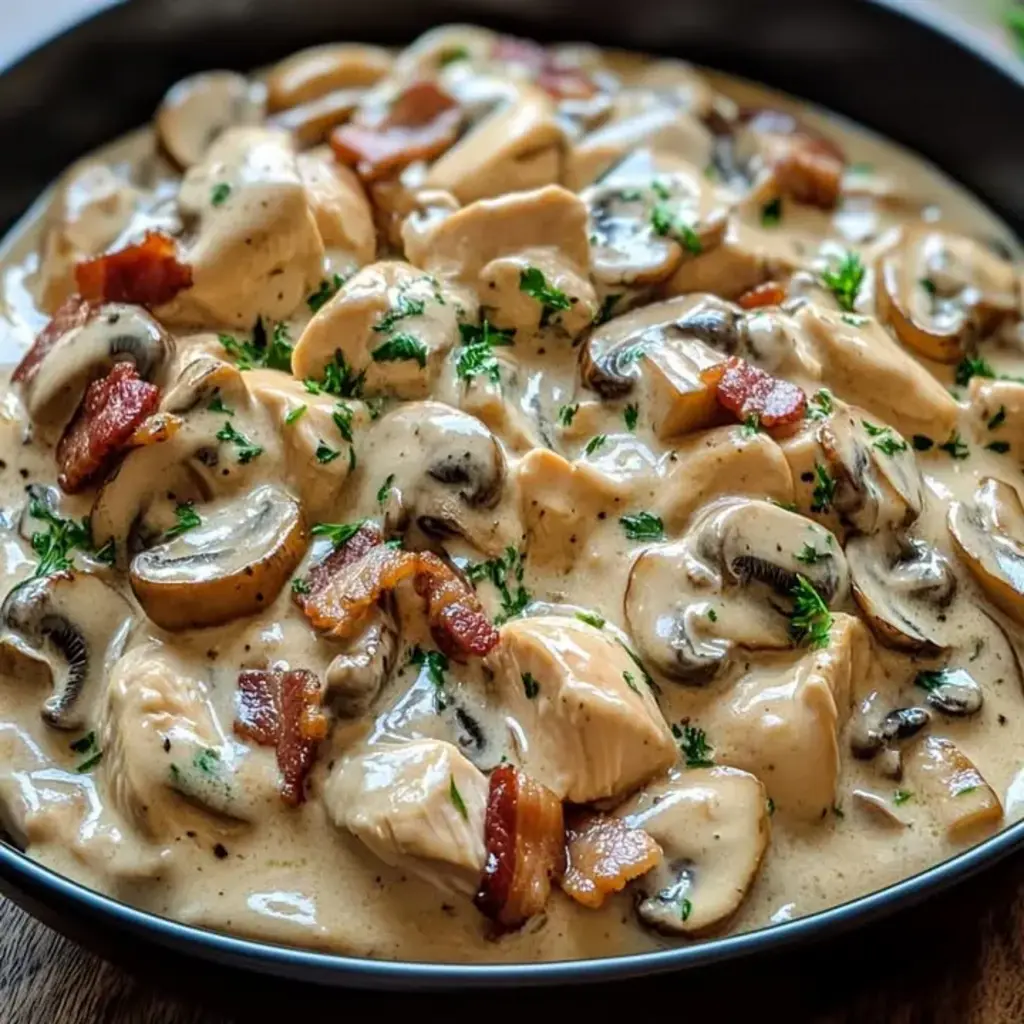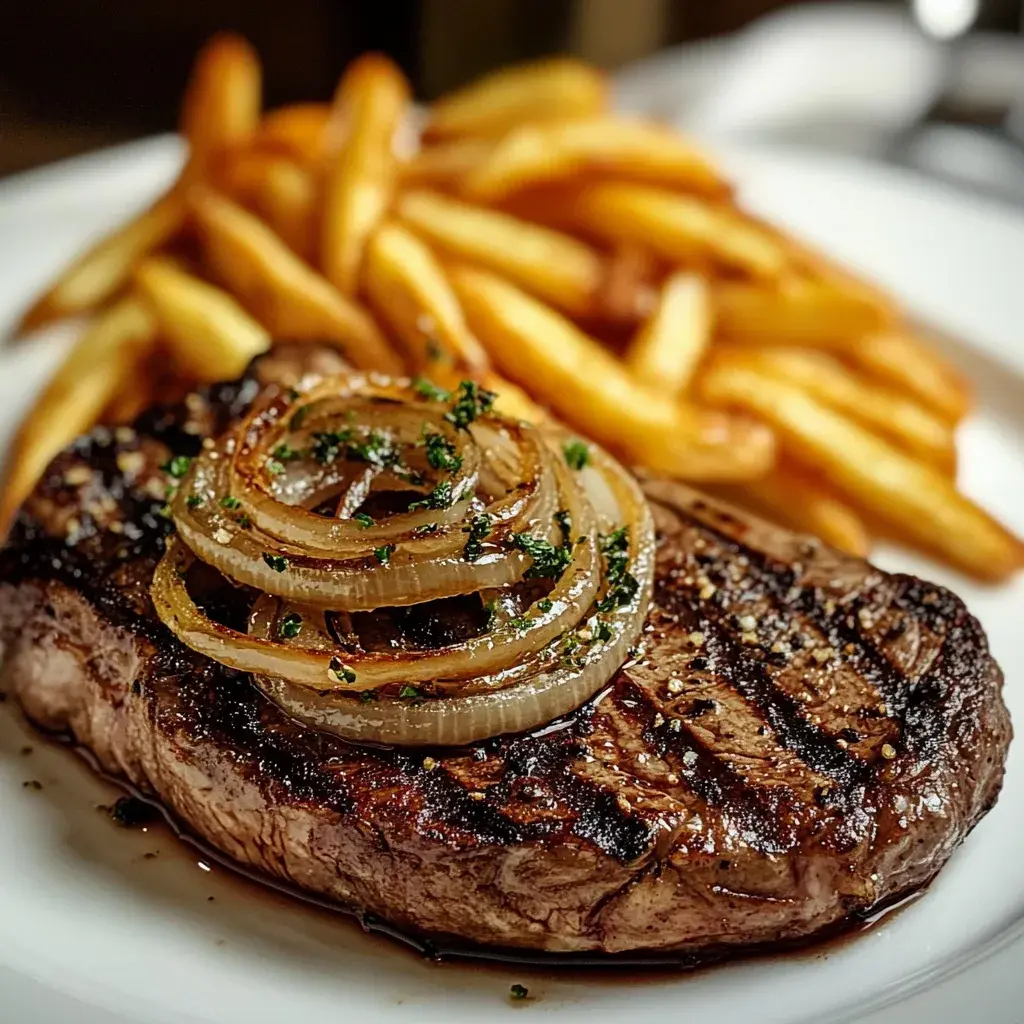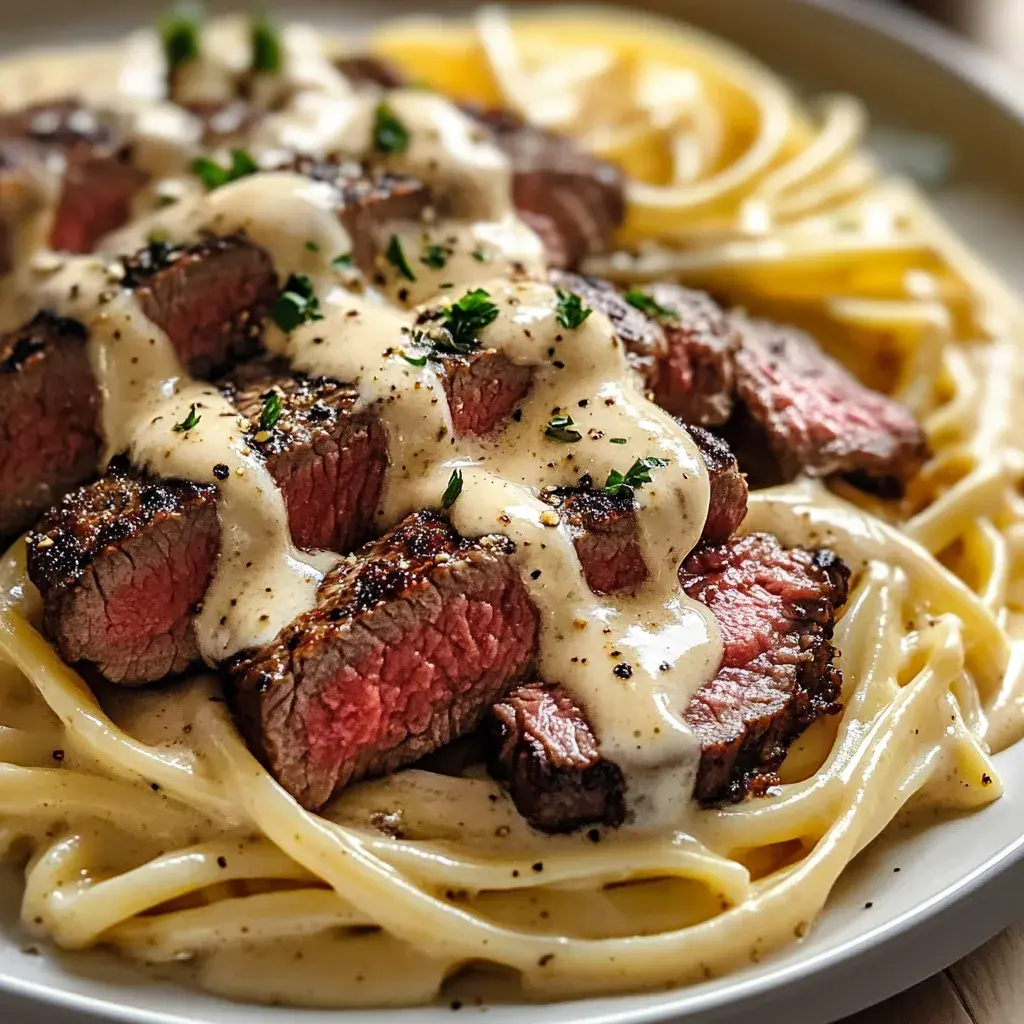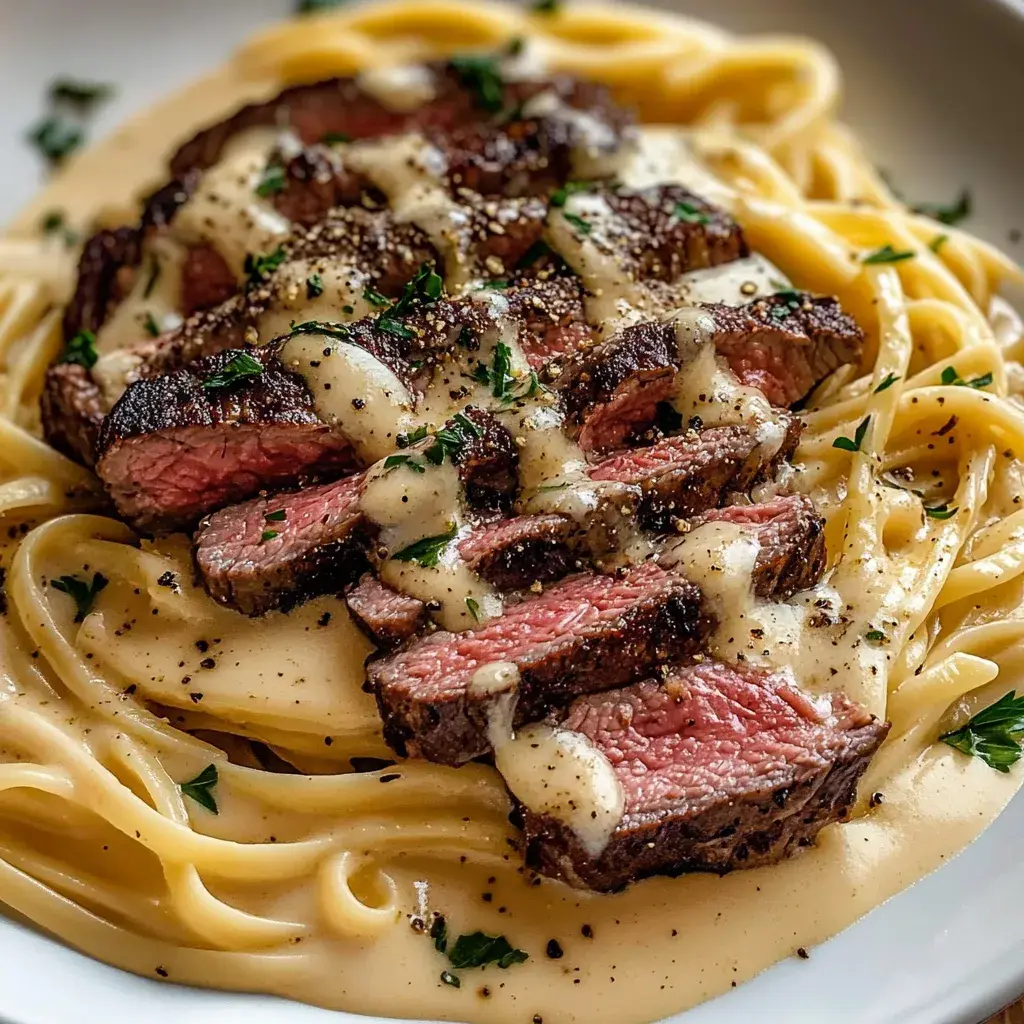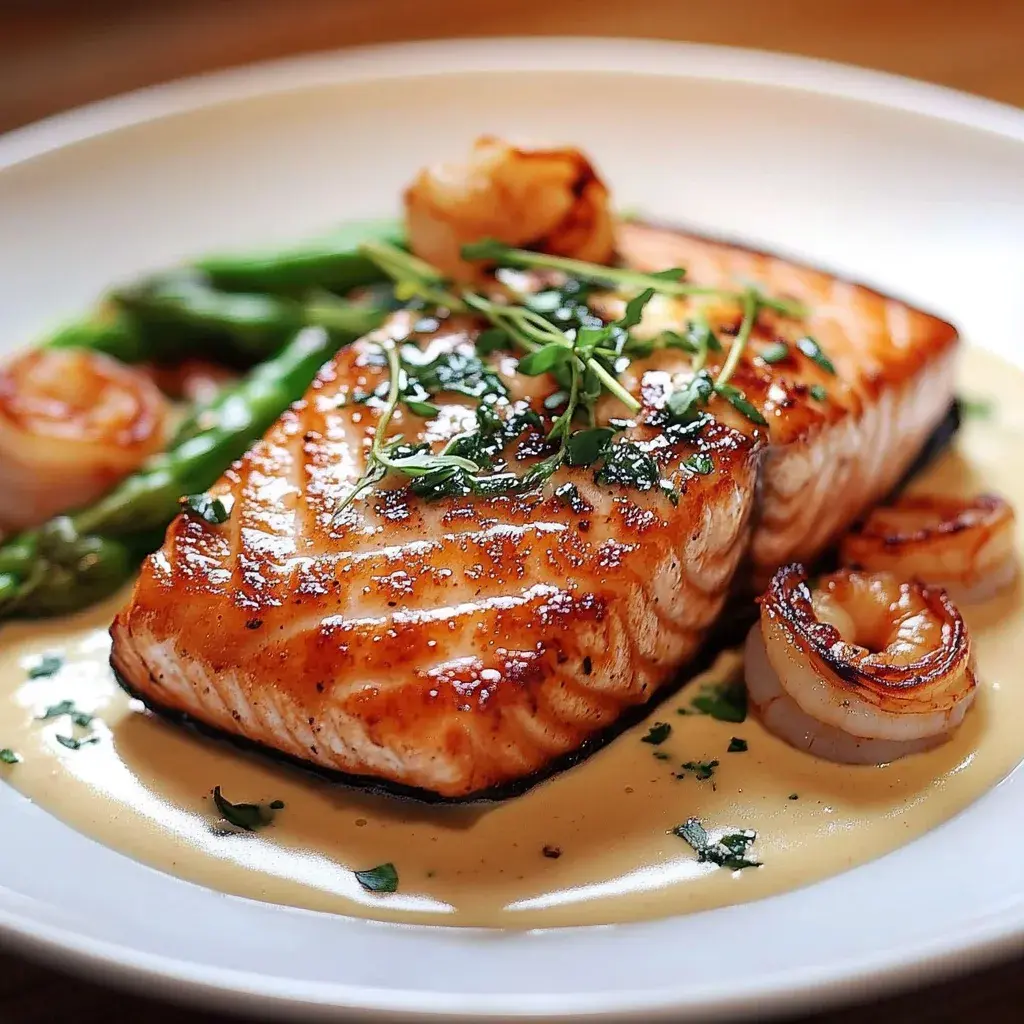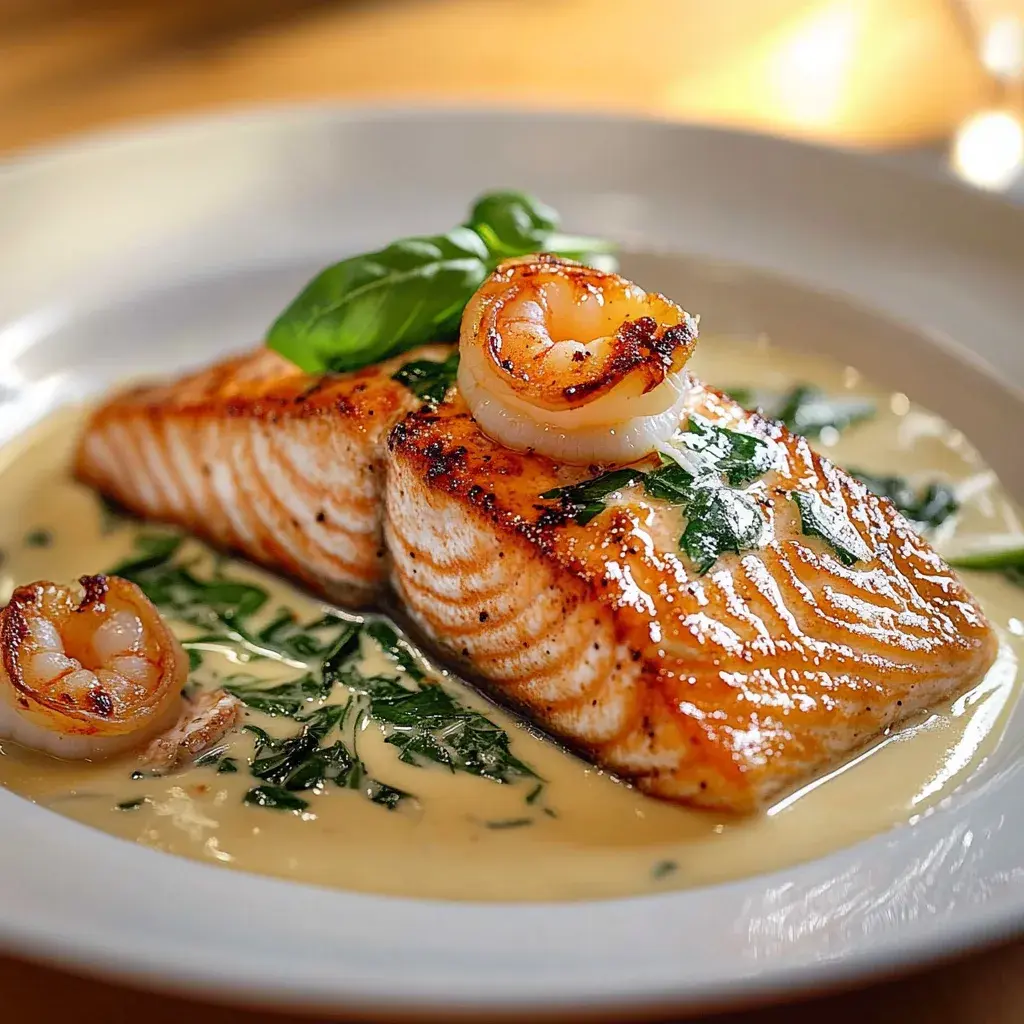Table of Contents
Crispy Mashed Potato Cheese Bites: The Only Recipe You’ll Ever Need
Imagine hosting a game night where your friends can’t stop raving about the crispy mashed potato cheese bites you made from scratch. These aren’t your ordinary mashed potato cheese balls or cheesy potato bites—okay, let’s be honest, potato snacks are a go-to comfort food, but when leftovers turn into golden, crispy potato snacks, it’s game-changing. Tired of bland, homemade potato bites that lack the satisfying crunch of takeout? My take on these crispy mashed potato cheese bites uses a secret double-breading technique for an ultra-crisp exterior with a gooey, molten cheese center. As the author behind cookingwithemy.com, I’ve perfected this recipe after testing leftovers from family dinners, ensuring every batch delivers that irresistible balance of creamy mashed potatoes and sharp cheddar. In under 30 minutes total time, you’ll transform humble remnants into restaurant-quality appetizers. Whether you’re meal prepping or entertaining, these mashed potato cheese balls are your secret weapon for foolproof crispy potato snacks.
Dive into the sensory experience: picture biting into a warmly golden shell that shatters with a satisfying crunch, revealing creamy mashed potatoes infused with pungent sharp cheddar cheese that stretches like melted goodness. The green onions add a fresh, mild oniony brightness that cuts through the richness, while a whisper of black pepper elevates every cheesy potato bite. As they fry, the vegetable oil works its magic, creating an aroma of nutty crispness that fills your kitchen, teasing your taste buds before you even take the first bite. Imagine the gooey cheese oozing out, mingling with the starchy potato for a texture that’s both tender and textured on the outside—truly the epitome of homemade potato bites that feel indulgent yet approachable. This isn’t just food; it’s a hug on a plate, perfect for cozy evenings or holiday gatherings.
What sets this version apart on cookingwithemy.com is its unwavering reliability derived from years of home cooking experimentation. Unlike generic recipes that yield soggy results, our unique double-breading technique—rolling in flour, dipping in egg, and coating with panko—locks in moisture while delivering unmatched crispness. I’ve sourced insights from Chef Sally’s approach and refined it for home cooks, making it the single best resource for crispy mashed potato cheese bites. In this post, you’ll learn foolproof tips, avoided mistakes, and even variations like baking for a healthier twist. Plus, our “Chef’s Secret” on letting the balls chill ensures they hold shape during frying. By the end, you’ll feel like a pro in crafting these cheesy potato bites that outshine any crispy potato snacks you’ve tried.
Why These Crispy Mashed Potato Cheese Bites Are a Game-Changer
The Chef’s Secret that elevates these crispy mashed potato cheese bites above all others is our exclusive double-breading technique for ultimate crunch. By employing a three-step coating process—flour, egg, then panko—you build layers of texture that shatter crisply upon biting, unlike simpler dip-and-roll methods that often lead to greasy or uneven results. This approach traps steam inside the mashed potato mixture, ensuring a pillowy interior while the panko creates a shattering exterior that mimics gourmet fried appetizers. It’s the unique selling proposition that transforms humble leftovers into premium cheesy potato bites, and it’s why this recipe stands as the best online guide for homemade potato bites.
Unbeatable Texture: Scientifically speaking, the cold mashed potatoes (straight from the fridge) are key because their lower temperature prevents the mixture from becoming gummy when mixing. Combined with beaten egg as a binder, this creates cohesive balls that fry evenly at 375°F (190°C), achieving golden-brown perfection without oil absorption overload. The panko breadcrumbs, being coarser than regular ones, absorb less oil and provide superior crunch, making these mashed potato cheese balls far texturize than typical crispy potato snacks.
Foolproof for a Reason: This recipe has been tested extensively in my kitchen, where I’ve made batches using various potato types to confirm consistent results. Home cooks often fail with soggy bites, but our chilling step (refrigerating for 30 minutes) firms the dough, preventing cracks and ensuring every crispy mashed potato cheese bite cooks uniformly. It’s designed for beginners and pros alike, providing confidence in creating foolproof mashed potato cheese balls every time.
Ingredient Spotlight: Quality Makes the Difference
Cold Mashed Potatoes (4 cups): The foundation of these crispy mashed potato cheese bites, cold mashed potatoes add creaminess and structure. Opt for Yukon Gold or russet varieties mashed with butter and milk for the best flavor; avoid instant mixes as they can be too gummy. Use leftovers to reduce waste and elevate this into a resourceful recipe for homemade potato bites.
Shredded Sharp Cheddar Cheese (1 ½ cups): This melting cheese delivers the gooey center that makes cheesy potato bites irresistible. Sharp cheddar’s tangy edge cuts through the richness—freshly shredded from a block beats pre-shredded for better melting. For a twist, try smoked cheddar for an earthy note in your mashed potato cheese balls.
Green Onions (2, finely chopped): Finely chopped green onions bring a fresh, mild bite that balances the heaviness of potatoes and cheese. Use both white and green parts for maximum flavor; they add vibrancy to crispy potato snacks. Substitute with chives if unavailable for a subtle onion taste.
Large Egg (1, plus 2 for breading, beaten): The first egg binds the mixture into dough, while the additional two create a crispy coating. Eggs ensure the balls hold shape; fresh, room-temperature eggs work best. For a dairy-free swap in gluten-free versions, use flax eggs, but note it may alter binding slightly.
Salt (½ teaspoon) and Black Pepper (¼ teaspoon): These simple seasonings enhance natural flavors in the dough. Use freshly ground black pepper for potency, and kosher salt for even distribution. They’re essential for transforming basic ingredients into standout crispy mashed potato cheese bites.
All-Purpose Flour (¾ cup): Flour coats the balls before egg and breadcrumbs, preventing sogginess in your homemade potato bites. High-protein varieties like bread flour can strengthen the batter, but standard all-purpose flour yields consistent results for these cheesy potato bites.
Panko Breadcrumbs (1 cup): These airy crumbs deliver the signature crunch in mashed potato cheese balls. Panko absorbs less oil than traditional breadcrumbs, making it ideal for crispness. Japanese brands are recommended for texture, distinguishing these as premium crispy potato snacks.
Vegetable Oil (for frying): Neutral oil like canola or peanut provides even heating without flavor dominance. Heat to 375°F (190°C) for frying; it’s crucial for achieving that golden exterior in your crispy mashed potato cheese bites.
Step-by-Step Instructions
Step 1: Mix the Mashed Potato Dough
In a large bowl, combine the 4 cups of cold mashed potatoes, 1 ½ cups shredded sharp cheddar cheese, 2 finely chopped green onions, 1 beaten large egg, ½ teaspoon salt, and ¼ teaspoon black pepper. Mix until well combined and forms a thick dough—this takes about 2-3 minutes with a spoon or hands. The cold temperature keeps the mixture firm, preventing it from becoming sticky.
Pro Tip: If your mashed potatoes are too moist from leftovers, stir in a tablespoon of flour to absorb excess liquid, ensuring your crispy mashed potato cheese bites form perfectly cohesive balls without falling apart.
Step 2: Shape and Chill the Potato Balls
Scoop about 1-2 tablespoons of the mixture and roll into balls using your hands. Place on a baking sheet lined with parchment paper and refrigerate for 30 minutes to firm up. This chilling step is non-negotiable for stability during frying, allowing the cheese inside to sublime into gooeyness without the balls breaking apart.
Common Mistake to Avoid: Skip chilling, and your homemade potato bites might explode in the oil from overheating—the 30-minute rest prevents this by hardening the exterior slightly, guaranteeing even cooking.
Step 3: Set Up the Breading Stations
Prepare three shallow bowls: one with ¾ cup all-purpose flour, one with 2 beaten large eggs, and one with 1 cup panko breadcrumbs. This double-breading setup—flow to egg to panko—creates that unbeatable crunch in your cheesy potato bites.
Pro Tip: Season the flour with a pinch of extra salt or paprika for enhanced flavor that seeps into the coating, elevating these mashed potato cheese balls beyond basic crispy potato snacks.
Step 4: Bread the Potato Balls
Remove the chilled balls from the refrigerator. Roll each one in flour to coat lightly, shake off excess, then dip in the beaten eggs, and finally coat evenly with panko breadcrumbs. Press gently to adhere, and place back on the baking sheet.
Common Mistake to Avoid: Over-dipping in egg leads to a soggy coat—always shake off excess flour and egg to maintain the crisp exterior of your crispy mashed potato cheese bites.
Step 5: Fry to Golden Perfection
Heat vegetable oil in a deep fryer or large pot to 375°F (190°C). Fry the bites in batches of 4-6, without crowding, until golden brown, about 2-3 minutes per batch. Use a slotted spoon to transfer to paper towels for draining.
Pro Tip: Monitor oil temperature with a thermometer; if it drops below 365°F, the bites will absorb oil and become greasy—consistent heat ensures mouthwatering crispness in these mashed potato cheese balls.
Serving & Presentation
Serve these crispy mashed potato cheese bites warm right after frying for the ultimate contrast of crunch and gooey cheese. Platter them on a rustic wooden board garnished with extra chopped green onions or a sprinkle of smoked paprika for visual appeal. They shine as party appetizers, paired with dipping sauces like tangy ketchup mixed with hot sauce or cool sour cream ranch—think of them as elevated crispy potato snacks that satisfy all palates.
For creative plating, arrange in a tiered tower or nestle into a shallow bowl lined with lettuce for color. Complements extend beyond dips: these cheesy potato bites pair wonderfully with roasted chicken, grilled steaks, or even a fresh salad, balancing richness with acidity. As an appetizer course, they precede heavier mains like burgers or pasta, making them versatile for game days or potlucks. Presentation-wise, add subtle elegance with microgreens, transforming homemade potato bites into something Instagram-worthy while highlighting their comforting, homemade charm.
Nutrition Information
Per serving (about 4-5 bites): 285 calories, 14g fat, 9g protein, 32g carbohydrates, 2g sugar. This makes them a moderately indulgent treat, rich in carbs for energy while providing calcium from the cheese.
Make-Ahead & Storage Solutions
Make-Ahead Strategy: Prep the dough up to 1 day ahead, shaping balls and refrigerating them covered. Bread and fry day-of for crispness. Alternatively, fully cook batches and reheat, though fresh frying yields the best texture for these crispy mashed potato cheese bites.
Storing Leftovers: Cool completely, then store in an airtight container in the refrigerator for up to 3 days. Freeze uncooked, breaded balls on a tray until firm, then transfer to a freezer bag for up to 2 months—thaw in the fridge overnight before frying.
The Best Way to Reheat: For crispness restoration, reheat in a 375°F oven for 10-15 minutes until warmed through and crunchy, or air-fry at 375°F for 5-7 minutes. Avoid microwaving, as it’s steaminess softens the coating—optimal for retaining that signature crisp in your mashed potato cheese balls.
Frequently Asked Questions (FAQ)
How do you make crispy mashed potato cheese bites?
Start by mixing cold mashed potatoes, shredded cheddar, green onions, an egg, salt, and pepper into a dough. Shape into balls, chill for 30 minutes, then bread with flour, egg, and panko in our double-breading technique. Fry in oil at 375°F for 2-3 minutes until golden. This method ensures ultra-crisp homemade potato bites every time.
Can I use leftover mashed potatoes for crispy cheese bites?
Absolutely—leftover mashed potatoes are ideal for these mashed potato cheese balls, as the cold temperature from refrigeration keeps the mixture firm and prevents stickiness. Use 4 cups of leftovers, and you’ll avoid waste while creating gooey, cheesy potato bites that taste even better the next day.
What cheese is best for cheesy mashed potato bites?
Sharp cheddar is optimal for its sharp flavor and melty texture, creating that gooey center in crispy mashed potato cheese bites. For variations, try gruyere for nutty notes or pepper jack for spice. Always shred freshly to avoid clumping in your cheesy potato bites.
How long to cook crispy mashed potato cheese bites in the oven?
Preheat oven to 400°F and bake for 20-25 minutes, flipping halfway, until golden. For best results as noted in our recipe, fry them for superior crispness, but oven-baking offers a healthier alternative to oil while maintaining some crunch in these homemade potato bites.
Can I bake these instead of frying for a healthier version?
Yes! Prep as usual, then bake at 400°F on a greased sheet for 20-25 minutes, flipping once, until crispy. You’ll get delicious cheesy potato bites with reduced oil, though they won’t be as crunchy as fried—spray lightly with oil before baking for extra crispness.
Are these mashed potato cheese balls gluten-free?
They can be adapted: Substitute all-purpose flour with a gluten-free blend, use gluten-free panko breadcrumbs, and ensure your mashed potatoes avoid wheat-containing mixes. The result is still crispy potato snacks, just with a gluten-free twist.
Can I make this recipe vegan?
Certainly—swap cheddar for a vegan alternative like cashew-based cheese, use flax eggs (1 tbsp flaxseed + 3 tbsp water), and substitute vegetable oil as needed. The double-breading technique works beautifully, yielding plant-based cheesy potato bites that are surprisingly indulgent.
Tried This Recipe? Leave a Comment!
Did you make this recipe? I’d love to hear how it turned out! Please leave a comment and a rating below. Your feedback helps other home cooks and supports cookingwithemy!
For more delicious inspiration, follow me on Pinterest!
.
Print
Crispy Mashed Potato Cheese Bites
- Total Time: 25 minutes
- Yield: 6 servings 1x
Description
These crispy mashed potato cheese bites are perfect as an appetizer. Made with simple ingredients, they’re easy to prepare and deliciously crunchy on the outside with a gooey cheese center.
Ingredients
- 4 cups cold mashed potatoes
- 1 ½ cups shredded sharp cheddar cheese
- 2 green onions, finely chopped
- 1 large egg, beaten
- ½ teaspoon salt
- ¼ teaspoon black pepper
- ¾ cup all-purpose flour
- 2 large eggs, beaten (for breading)
- 1 cup panko breadcrumbs
- Vegetable oil, for frying
Instructions
- In a large bowl, combine the cold mashed potatoes, shredded cheese, green onions, beaten egg, salt, and pepper. Mix until well combined and forms a thick dough.
- Scoop about 1-2 tablespoons of the mixture and roll into balls. Place on a baking sheet and refrigerate for 30 minutes to firm up.
- Prepare three shallow bowls: one with flour, one with beaten eggs, and one with panko breadcrumbs.
- Roll each potato ball in flour, then dip in egg, and finally coat with breadcrumbs. Set aside.
- Heat vegetable oil in a deep fryer or large pot to 375°F (190°C). Fry the bites in batches until golden brown, about 2-3 minutes per batch. Drain on paper towels.
Notes
Serve warm with your favorite dipping sauce like ketchup or sour cream. These can be baked instead of fried for a healthier option: preheat oven to 400°F and bake for 20-25 minutes, flipping halfway.
- Prep Time: 15 minutes
- Cook Time: 10 minutes
- Method: Appetizer
- Cuisine: American
Nutrition
- Calories: 285
- Sugar: 2g
- Fat: 14g
- Carbohydrates: 32g
- Protein: 9g











